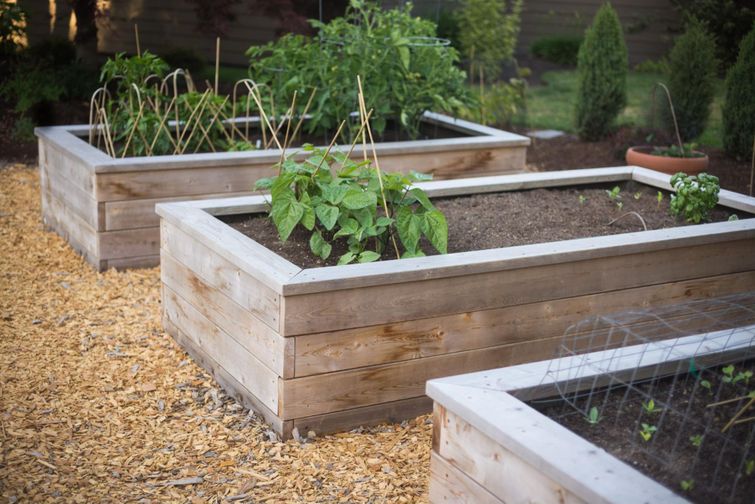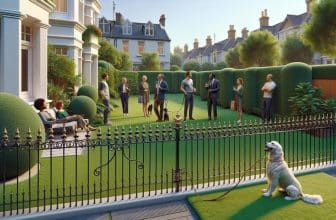
About Raised Bed Gardening
A raised bed is not the same as a garden container or planter. This is a frame, typically made built of wood or other bed materials, without a bottom. This allows for better drainage into the natural, good soil and leaves enough room for plant roots to extend. Garden containers and plastic planters, in comparison, have bottoms to contain all the soil and are able to be moved. Raised beds must be disassembled and rebuilt when moved. You can build a raised garden yourself easily and can create any size out of a variety of materials, or they can be purchased. A raised bed is the best option if you don’t plan on moving your vegetable garden any time soon.
Why are raised beds better than a ground-level garden? Gardeners prefer the ability to create their own bed with the soil and compost of their choosing that their plants need, creating a new level of control (plus, it’s better on their backs!)
The advantage of the beds raised higher, above grade, keeps the soil in the bed warmer, extending the growing season for your plants that are in a raised bed, which can lead to a higher yield. The space in the raised bed is entirely devoted to plants and, because you don’t need space to walk between them, you can keep the soil loose, which is better for drainage and plant growth. The high wood sides of the bed provide protection against common garden pests and prevent grass, weeds or weed seeds from encroaching on the gardening space.

Best Size For Raised Beds
Width
Length
Height

- More garden crops require soil at leash 10 inches high from the bottom to thrive. If the raised bed height is lower than this you will have to till the soil beneath the raised bed.
- Many gardeners have found that if the raised bed is on a hard surface, the recommended height of 10 inches of soil may not be deep enough for some crops.
- Young children need beds that are closer to the ground.
- Beds made for wheelchair access should be 24 inches tall.
- A bed that is 36 inches off of the ground avoids excessive bending over.
- Consider having a mix of bed heights if you want to accommodate different gardeners.
Paths – If you desire to have multiple garden beds, they should be laid out in a pattern that allows access to a central route from one end of the garden to the other. If this collection of beds are for multiple people, a wider central path provides room for access and gathering for everyone. If the garden is large enough, multiple paths will be even more useful. If access is needed for a small vehicle, a path that is at least 10 feet wide is best. For gardeners in wheelchairs, a minimum of 12-inch paths will be needed between raised beds. If there is more space available and there are multiple gardeners working at the same time, 18 to 24-inch paths are more ideal for comfortable access. To have enough room for any sort of cart, wheelbarrow or wheelchairs, give at least 4 feet between the beds.
Orientation – the orientation of raised beds isn’t usually any kind of issue as long as there is an adequate amount of space between the beds for access. Taller crops will cast shade onto the lower crops that sit behind them if they are planted in the same bed. Taller crops will shade lower crops in nearby beds if they are planted in an east-west orientation and the beds are too close together. If it is possible, it is best to position your beds in a north-south direction.

Irrigation – nutrient-rich soil and compost are needed for your plants to thrive in your new raised beds, but the irrigation system is something to keep in mind when planning the layout of them. Drip irrigation is easier to install when your beds are in an orderly pattern, usually a straight line. Overhead sprinklers can be placed to cover your garden layout, but they work best if your raised beds are in a circular, rectangular or square pattern. For those who prefer to hand water, a layout with uniform bed spacing will make this easier as it could help with dragging a hose throughout your garden.








